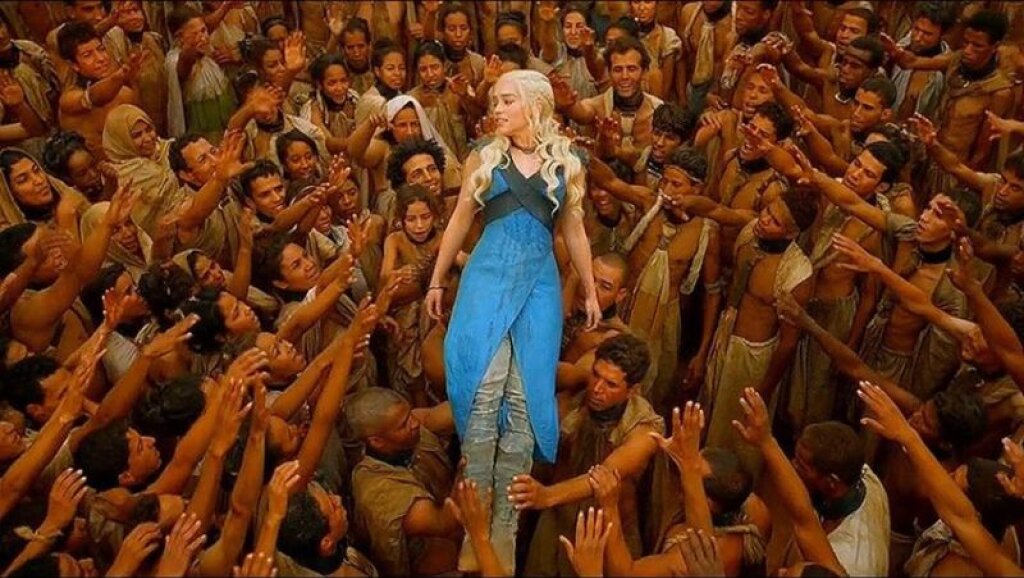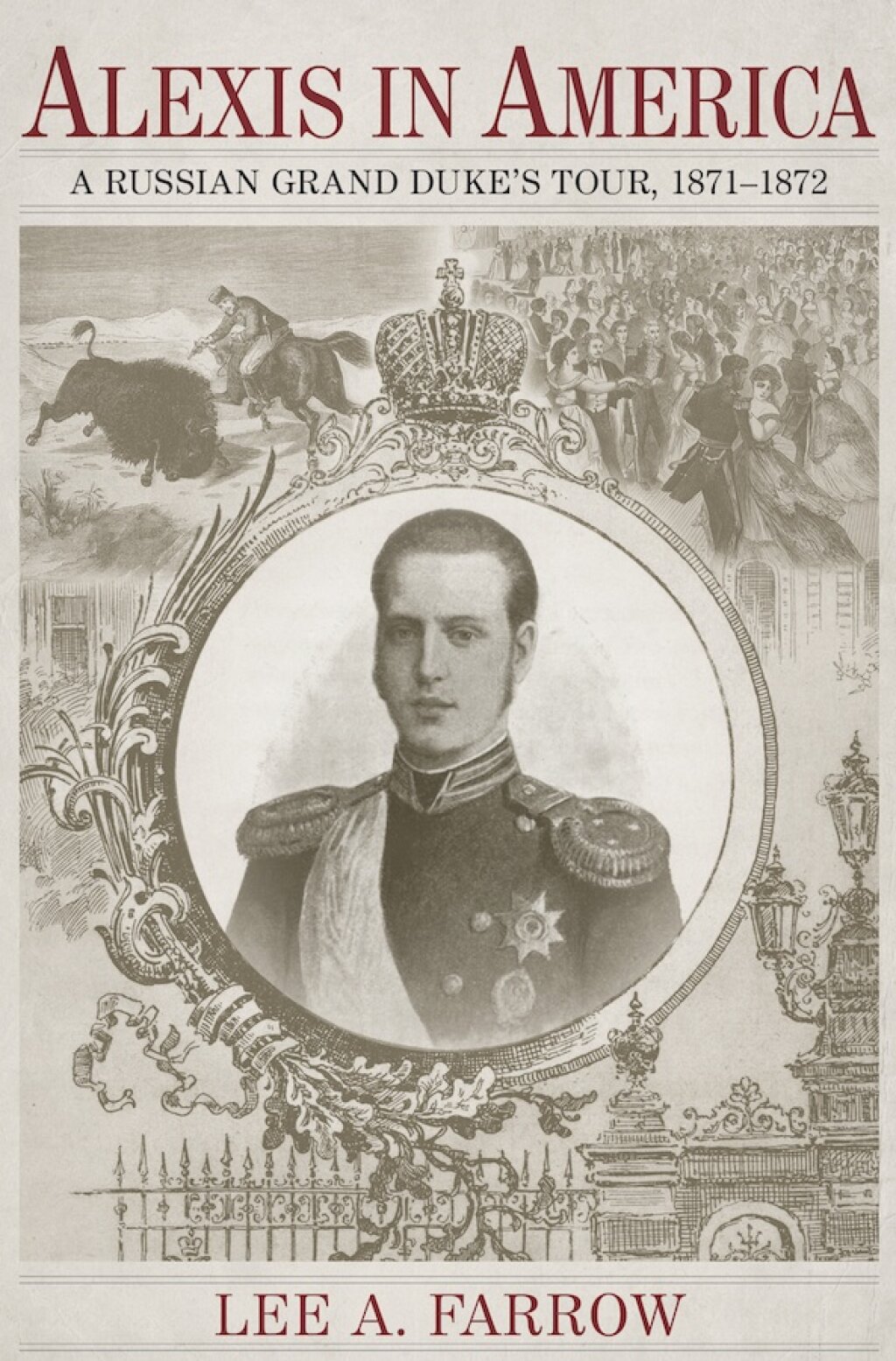This post is part of Chapter 3 of Russia’s Alien Nations: The Secret Identities of Post-Socialism, an ongoing feature on All the Russias. It can also be found at russiasaliennations.org. You can also find all the previous entries here.
An earlier version of part of this chapter was originally featured on plostagainstrussia.org, as Chapter Four. It was not included in the final manuscript.
We cannot dismiss popular reading strategies simply because of their faulty grasp of history. Misreading is a crucial part of the fantasy experience. Even when the worldview is simplistic, the allegorical potential of fantasy, the fantasists’ tendency to extrapolate their secondary worlds based on recognizable cultures and historical events, and the intensity of the emotional and imaginative investment by fan communities mean that these fictional worlds are serious business.
Moreover, their heroes and plots often recapitulate commonly accepted values in the cultures that produce them: the freedom-fighting of Star Wars, the emphasis on diversity and tolerance in the Harry Potter books, and the crusading, yet restrained liberalism of the original Star Trek may not be particularly appealing to other cultures, even when the stories themselves are popular.
The real-world parallels to events and situations in secondary worlds can, once again thanks to fan identification, take on political and ideological baggage that may not have been intentionally packed by the stories’ creators. If, for example, the greed and cowardice of Star Trek’s diminutive, big-nosed Ferengi are reminiscent of anti-Semitic stereotypes, but are in no way actually identified with Jews, is there reason to take offense? Is the planet Bajor, once occupied by the morally suspect Cardassians, a stand-in for Palestine, or maybe even Israel? If these questions strike you as trivial or absurd, then you clearly haven’t been spending enough time in the appropriate subreddits or comment sections.
What many Russian fans are recognizing is something akin to the experience of minority readers and viewers in the West: a limit to the possibilities for identification provided by a work of mainstream (or majority) entertainment. The heroes do not “look” like them, whether it is a matter of physical appearance (and really, how many of us want to admit a resemblance to hobbits?), or of culture and values.
Tolkien insisted that his location of the villains in the “East” of Middle Earth was nothing more than a matter of geographical convenience, but intent aside, such a reading today seems naive. Think of the visceral shock many liberal and minority viewers felt at the end of the third season of Game of Thrones, when Daenerys Targaryan (perhaps the whitest White Savior we have ever seen) is so beloved by the throngs of recently-liberated brown slaves that they pass her from hand to hand in a bizarre scene of faux-medieval crowd surfing.
The minority or liberal subject position here is not a neutral interpretive strategy; for the reader who feels un- or misrepresented, the result can be a sense of empowerment or reclamation. For the majority reader, who is used to seeing himself (properly) represented wherever he looks, this can seem like a politicized misreading (see the crusade in right-wing science fiction circles against so-called “Social Justice Warriors,” a crusade that nearly ruined the 2015 Hugo Awards). In the cases of both Tolkien’s evil East and Daenyrys’ White Goddesshood, we are more than likely dealing with the unintended consequences of underexamined cultural bias. But what is noteworthy about the case of Russian reactions to Tolkien is the persistent claim of Tolkien’s Russophobia intent. The equation of Orcs with Russians is, then, an example of paranoid reading.
Next: The Hobbit Menace



